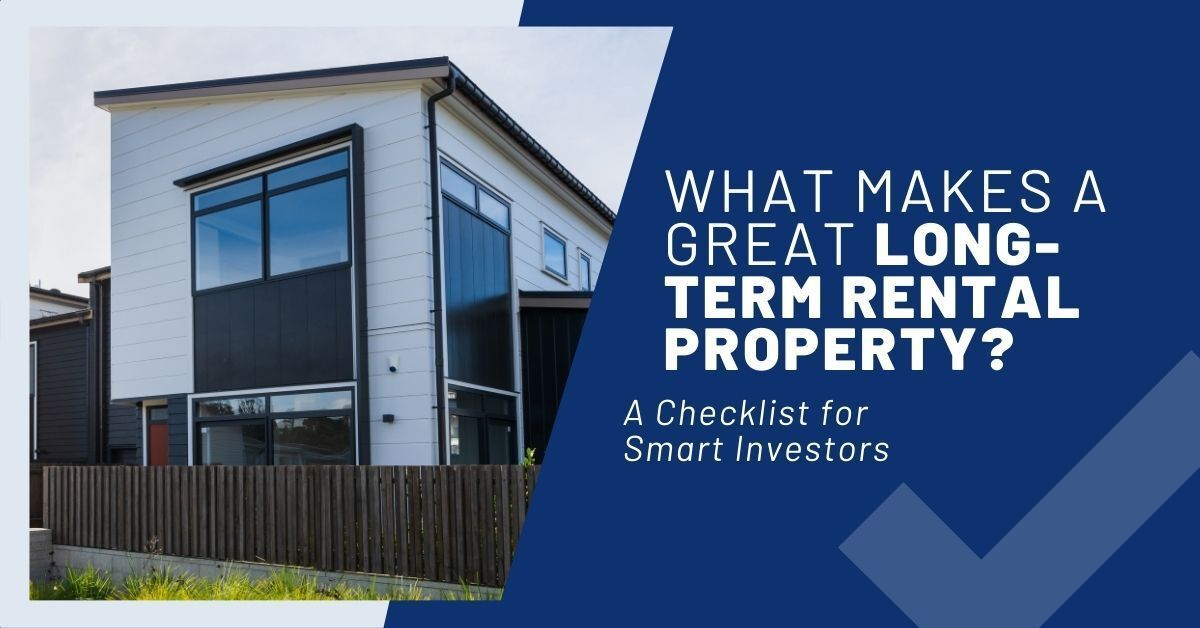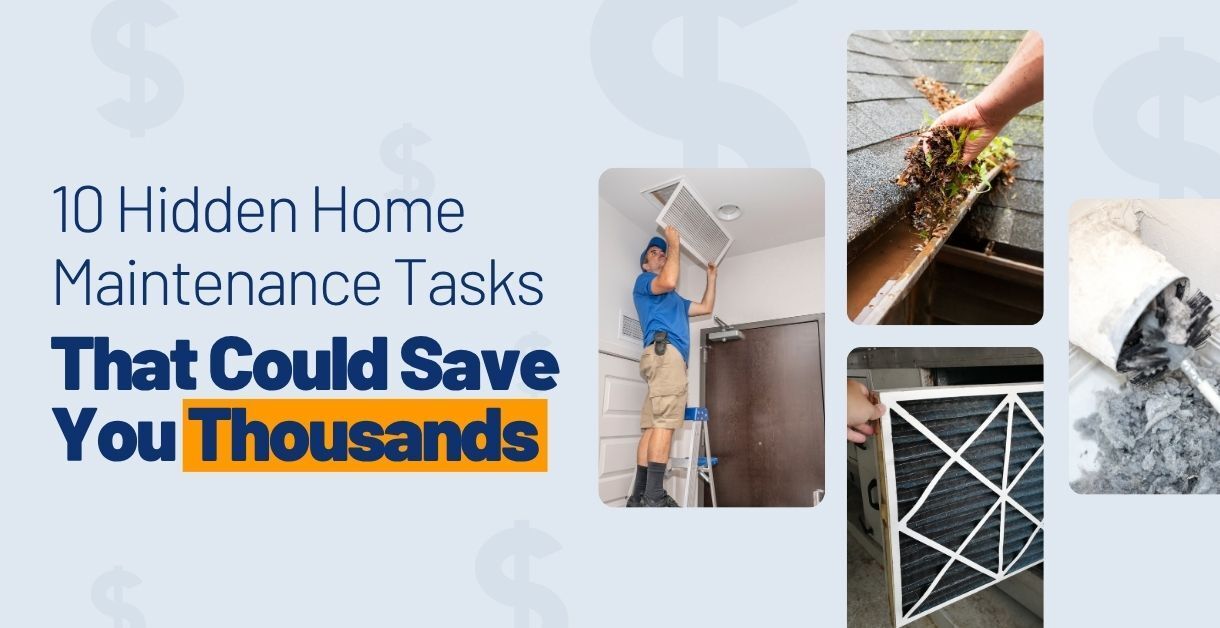Multigenerational Home Buying: How to Find a Home That Fits Your Whole Family
For many homebuyers, multigenerational living used to be considered an option of last resort: it was a route families took only when they needed to ride out a financial storm or care for ailing family members. But that mindset is on the decline: A growing number of families now say that they are embracing multigenerational living and moving in together by choice.
In fact, research by the National Association of Realtors (NAR) found that the share of multigenerational home buyers rose to 14% in 2022––close to an all-time high.1
Buyers cite a multitude of reasons for choosing a multigenerational home, including saving money on living expenses, pooling resources, taking care of very young or aging relatives, and spending more time with family. "Multi-generational home buying is a way for families to care for one another, support one another, and often buy a home that may have been previously out of reach," writes Deputy Chief Economist Jessica Lautz in a blog post about the trend.1
Living with extended family has become especially popular in recent years as younger generations face higher home costs and seniors embrace aging in place. According to Pew Research, the number of Americans living in a home with at least two generations of adults has more than quadrupled since the 1970s.2
For many families, the benefits are substantial. Research shows that people who live in multigenerational homes are healthier and tend to live longer. They also enjoy more financial security. Plus, research by Pew found that people who live with relatives are more likely than not to say that it has been a positive experience.2,3
That's not to say that multigenerational living is easy: It can also be stressful––especially if you choose a home that isn't suited for a larger family. The key to making it work is to pick a home that can accommodate young and old alike without requiring you to sacrifice comfort or privacy.2,4
Here's a closer look at multigenerational living, along with tips for finding a home that's suitable for a diverse group.
WHAT TO CONSIDER BEFORE SHOPPING FOR A MULTIGENERATIONAL HOME
Before starting your house hunt, take the time to discuss your house plans as a family so that you're all on the same page. Have you hashed out what you're looking for in a new home? Can you agree on potential compromises? Are there any unaddressed concerns about the move?
You may also find it helpful to articulate your "why" for buying a multigenerational home and how each of you might benefit. For some families, multigenerational living is all about caring for relatives and sharing responsibilities. But for others, the goal is to pool resources so that you can purchase a more desirable property or cut down on expenses, like childcare or senior living.
For homeowner Jian Huang, she initially bought a multigenerational home to help her aging mother. But she says the purchase also helped her family save a lot of money on expenses––as much as $25,000 to $40,000 a year. “It makes so much sense financially and emotionally that we would not have it any other way,” commented Huang to Apartment Therapy.5
In addition to talking over your short-term wants and needs, you'll also want to weigh long-term issues that could crop up in the future, like accessibility or money concerns. For example, if some family members are nearing retirement, accessibility issues (such as extra-steep stairs or a narrow hallway) could become a problem over time. Similarly, a more luxurious home with extra amenities like a pool may appeal to buyers who have gathered a lot of cash upfront, but it may also require a bigger long-term budget for maintenance and supplies.
If you haven't had these discussions yet, set a date in your calendar so that you can talk it over as a group. We can help by interviewing family members individually and advising you on what you can realistically find in today's housing market.
WHAT TO LOOK FOR IN A MULTIGENERATIONAL HOME
Once you've settled on what you want and need from a new home, your next step should be to jointly draft a budget so that you'll know what you can afford. To ensure that no one in your family gets accidentally overextended, think holistically when planning your new housing budget and determine what you would need to buy the home––and maintain it.
In addition to budget, you'll also want to consider a home's size and what kind of layout you might need. In general, homes that offer ample space for solitude and privacy are thought to be more practical for multigenerational living––especially if there will also be young children.4
However, the ideal layout for your family and the amount of square footage you'll need to be happy long-term will also depend, in part, on family members' personalities. Some people don't mind sharing a bathroom or having bedrooms situated close to one another. But others may find that they need something more separate to relax. Different housing options to consider include:
- A large home with plenty of rooms and at least one or more ensuite bathrooms.
- A home with an accessory dwelling unit (ADU), such as a basement apartment.
- A multifamily unit, such as a duplex.
For home buyers looking to age in place, a home that offers a separate ground-floor unit, such as a backyard ADU, could be the most comfortable (and the most practical) option, says author Sheri Koones. “It’s a way for many older people to avoid having to go into an expensive assisted living or other facility as they age,” said Koones in an interview with Realtor Magazine.6
Another possibility to consider would be a home you could add onto or retrofit into multiple units. However, building a brand-new accessory unit or renovating an existing space can be pricey. When visiting a property, we'll help you weigh potential costs and estimate whether it's a good investment. We can also connect you with a trusted contractor who specializes in renovations.
HOW TO BUY A MULTIGENERATIONAL HOME
Buying a home with family can be complicated––especially if you plan to jointly apply for a mortgage. However, depending on your financial resources, you may be surprised to find that it's sometimes easier to qualify for certain mortgages as a group than if you tried to go it alone.7
Talk it over with a mortgage lender or broker and ask for advice on what's best for your situation. We'd be happy to connect you with a professional who understands the nuances of co-buying.
Technically, there's no limit to the number of co-borrowers you can have, but some lenders may be more lenient with their lending requirements than others. For example, most conventional lenders will only work with a maximum of four borrowers for a single loan. If you want to buy a home with a larger number of co-borrowers, you may have to look to an alternative lender.7
Your credit will also be an important factor in determining your mortgage qualifications and what you can buy, so have everyone check it as soon as possible. Pulling your credit reports and scores will not only tell you where you stand. It will also alert you to correctable issues with your credit, such as mistakes on your credit reports or too much debt on your cards.8
As you discuss your homebuying budget and strategy, jointly consider the following:
- Who will be on the mortgage?
- What about the title?
- Would including everyone on the mortgage be beneficial for your mortgage rate?
- For those who don't qualify for the mortgage or have a lower credit score, can you make other arrangements so that they can still financially contribute?
Next, consider potential tax and estate planning implications of your home purchase and what might happen if some family members later decide to drop out of the arrangement.9
To ensure you make an informed decision, it's best to speak with a licensed professional. Ask us for a referral to a legal professional or an accountant who can advise you.
BOTTOM LINE
Multigenerational home buying has grown more popular for a reason: it's a great way to combine resources and buy a supportive home for more than just your immediate family. It can also be a smart lifestyle choice, helping reduce loneliness and promote health and well-being.10
If you're wondering whether multigenerational living is right for you, call us for a consultation. We'd be happy to walk you through potential options and help you envision your own full house.
The above references an opinion and is for informational purposes only. It is not intended to be financial, legal, or tax advice. Consult the appropriate professionals for advice regarding your individual needs.
References:
- National Association of Realtors -
https://www.nar.realtor/blogs/economists-outlook/all-in-the-family-multi-generational-home-buying - Pew Research Center -
https://www.pewresearch.org/social-trends/2022/03/24/financial-issues-top-the-list-of-reasons-u-s-adults-live-in-multigenerational-homes/ - SSM - Population Health -
https://www.ncbi.nlm.nih.gov/pmc/articles/PMC5769098/ - Better Homes and Gardens -
https://www.bhg.com/what-to-look-for-in-a-multigenerational-home-8409277 - Apartment Therapy -
https://www.apartmenttherapy.com/multigenerational-homes-37412085 - Realtor Magazine -
https://www.nar.realtor/magazine/real-estate-news/home-and-design/all-under-one-roof-trends-in-multigenerational-living - Bankrate -
https://www.bankrate.com/mortgages/how-many-names-can-be-on-a-mortgage/ - Experian -
https://www.experian.com/blogs/ask-experian/what-credit-score-do-i-need-to-buy-a-house/ - Kiplinger -
https://www.kiplinger.com/retirement/estate-planning-for-multigenerational-living-arrangements - Institute for Family Studies -
https://ifstudies.org/blog/multigenerational-living-is-it-a-solution-for-our-aging-population





